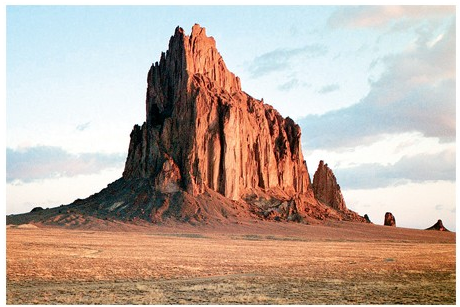What are nor’easters? Describe how nor’easters differ from hurricanes
What will be an ideal response?
ANSWER: Nor'easters are extratropical cyclones that strike the northeastern parts of the United States. Named for the direction from which their winds come, nor'easters bring heavy rain and often heavy snowfall. They are most common from October through April, especially February (rather than late summer for hurricanes). They build at fronts where the horizontal temperature gradient is large and the air is unstable. They lack distinct, calm eyes and are not circular in form but can spread over much of the northeastern United States and eastern Canada. They are cold-core systems that do not lose energy with height. If jet stream winds move an air mass away from the center of a storm, this drops surface pressure and increases storm strength. Damage is concentrated along the coast, whereas much of the damage from hurricanes occurs farther inland. With strong winds from the northeast, they typically batter northeast-facing shorelines.
You might also like to view...
Which of the following statements does not describe a proton?
A. It is a nucleon. B. It has a positive charge equivalent but opposite of an electron. C. It is much more massive than an electron. D. It orbits around the nucleus of an atom. E. It is attracted to negatively charged electrical plates.
The igneous feature shown in this photograph is a

A) dike.
B) sill.
C) volcanic neck.
D) batholith.
Rocks can contain some organic material but minerals cannot
Indicate whether the statement is true or false
What is the largest component of the U.S. municipal solid waste stream?
A. yard waste B. metals C. all varieties of plastics D. paper and paper products